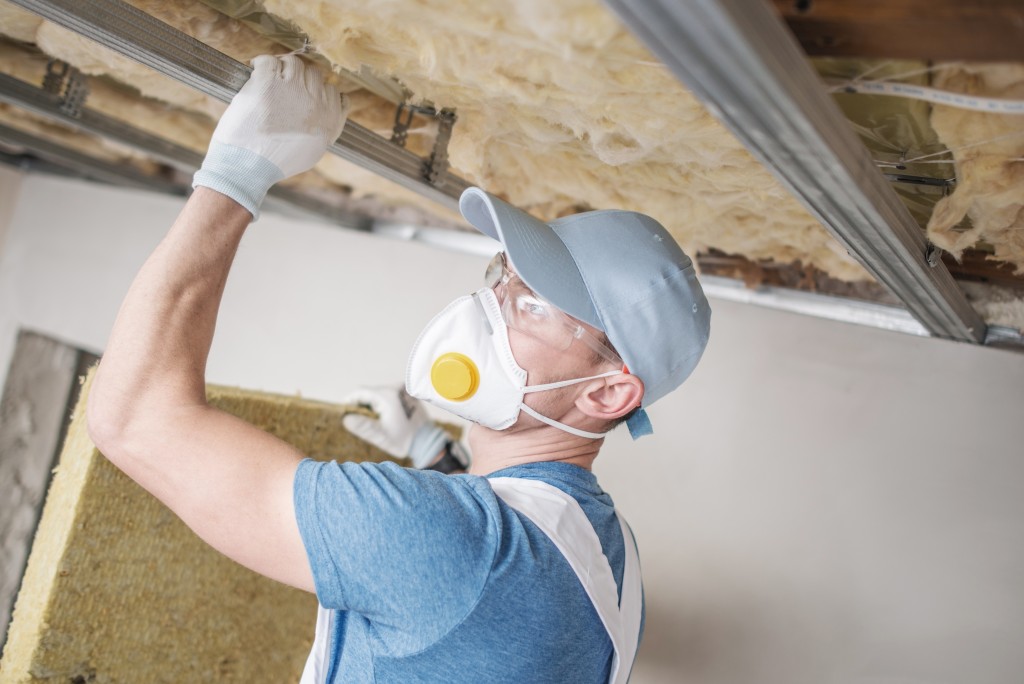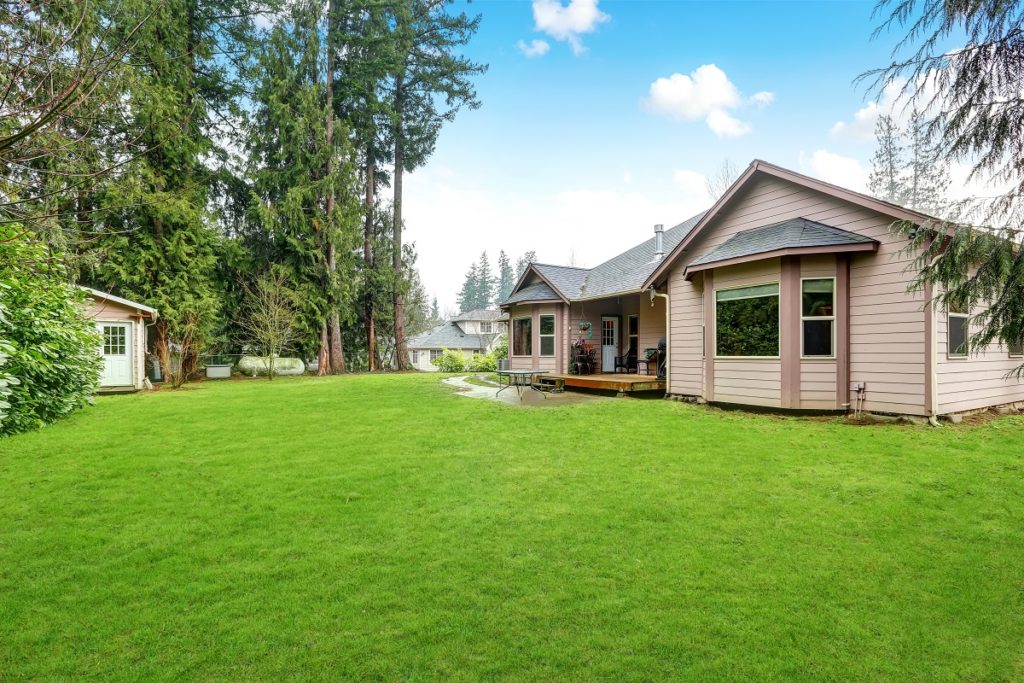Some homeowners might not know this, but your roof can be racking up your utility bills. For one, old houses are notorious for leaking energy. There might be cracks and gaps in the roof and ceiling that let drafts into the house, which reduces the efficiency of your HVAC system.
Plus, warm air naturally rises from the lower parts of your house toward the attic or roof. The heat will then pass through the gaps in your ceiling, forcing your heating unit to work twice as hard to maintain your desired temperature.
As warm air collects toward the roof, cold air is naturally pulled inside through any openings on the lower parts of the house, such as the foundation.
Conserve energy by preventing heat from escaping through your roof. These three roofing tips can increase your home’s energy efficiency.
1. Roof insulation
Australia is a land of many climates. Depending on where you live, you’re likely to experience different weather patterns throughout the year. This makes it challenging to regulate and maintain a comfortable indoor temperature.
Regardless of your location, roof insulation can help you solve this problem. Insulating your roof prevents heat loss in the colder months and lowers heat absorption during summer. The insulation material blocks any gaps in your roof where warm air passes through.
Roof insulation also acts as an additional layer, lowering the amount of heat absorbed by your house. This means your HVAC system won’t have to work as hard to keep you comfortable.
Apart from your main house, you also want to consider insulating your garage and patio. Attached garages and patios are one of the lesser-known sources of heat loss in a home. The installation cost of a patio roofing and garage insulation will give you more significant savings in the long run.
2. Ventilation

Ventilation goes side-by-side with insulation. Your attic can get extremely hot during summer months, which can warp the structure and materials of your roof. Attic vents suck in the fresh air, alleviating the excessive heat in the upper levels of your house.
Apart from lengthening the lifespan of your roof, ventilation strategies also maintain the air quality inside your home. They circulate air in your home to keep it fresh and comfortable on the skin without drastically changing the indoor temperature level.
3. Roof color and coating
Finally, you can make your roof more energy-efficient through simple methods, such as changing its paint color. Dark colors absorb more heat because lighter shades can reflect the sun’s rays.
UN Secretary-General Ban Ki-moon confirms this popular belief. He says that this technique can reduce the temperature of your roof up to 30 degrees. The indoor temperature can decrease as much as seven degrees.
This method of painting your roof a lighter color is called cool roofing. You can take your energy-efficient roofing efforts by applying a cool roof coating. This product is like a thick white paint made with special reflective pigments designed to bounce sunlight. The coating protects your roof from UV and chemical damage while lowering heat absorption.
Consult a roofing specialist on how to make your roof more energy-efficient. They’ll help you come up with a solution tailored to your budget, needs, and location.

